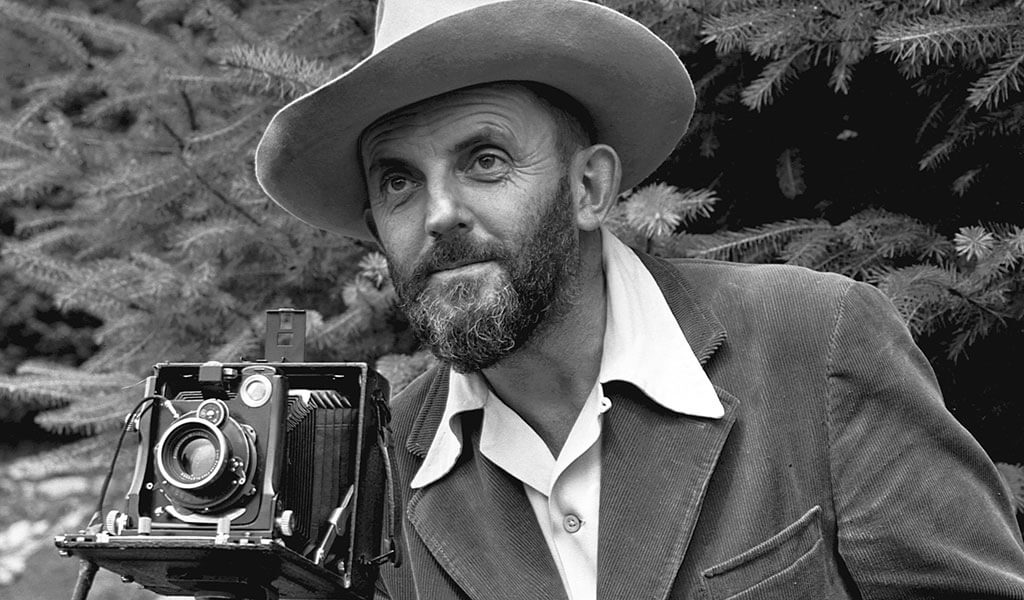
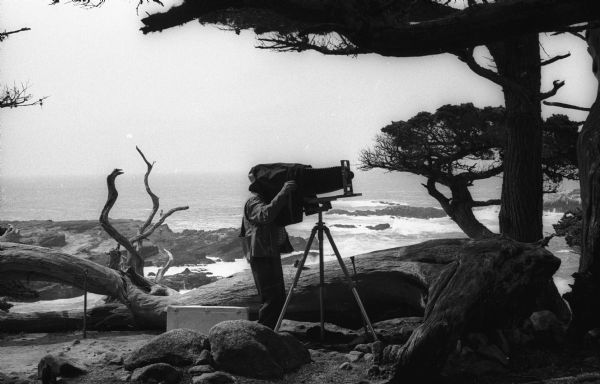
One of Americas most famous photographers, Ansel Adams spent most of his time developing and perfecting photos, that he captured in the American Wilderness and in many national parks. Exploring places such as the High Sierra in California, while also developing wilderness and survival skills which allowed him to access some of the most spectacular scenery, in which he showcases in his photography.
In 1932 at the M.H San Francisco Museum, eleven photographers, who included Edward Weston and Brett Weston announced themselves as Group f/64. It was called this as it referred to the smallest aperture available in large- format view cameras. The large- format view cameras captured the world as it was, as Edward Weston said that the cameras captured the live world, recording life. The camera was used as it showed clearly the detail, that the Human eye wouldn’t be able to see. They specifically used aperture f/64 which provided the greatest depth of field, and created sharp focus. This meant that the print could be printed across larger areas, and still be as sharp and focused.


Adams used The Zone System, which is a specific technique and system that helped him to visualise the tonal balance and contrast between the different tones in the photo. To achieve this effect he split his photo into 11 zones of grey. When he photographed in black and white negative film, he made sure he over exposed the darkest areas, as he avoided pure black in his photos. When he edited his photos, he manipulated areas, so that the shades of grey followed the zone system, making sure there wasn’t any pure white or black. On occasions, Adams would burn the darkest parts in order to achieve the over- exposed effect, as this would lighten up the areas.
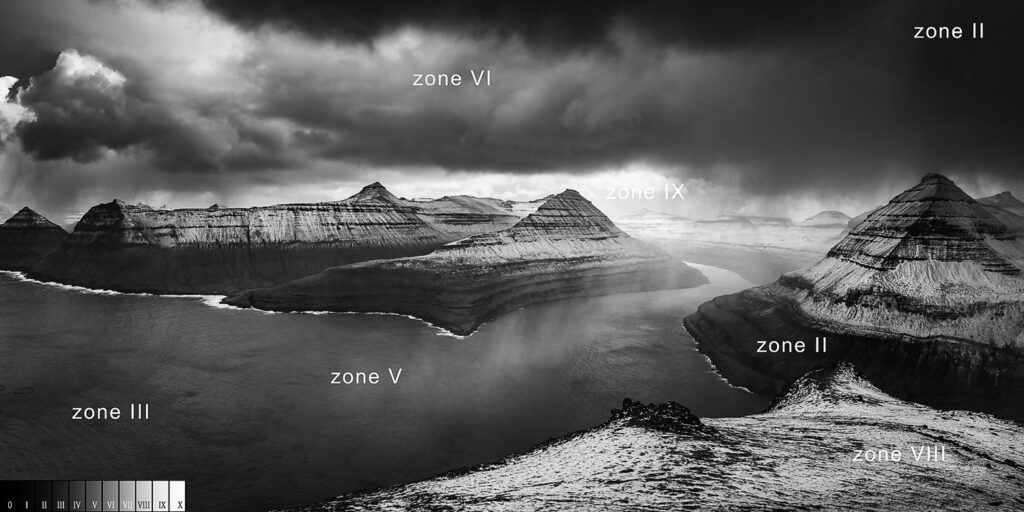
Ansel Adams was best know for his realist style, which was shown through his sharp contrast, which dramtised the photo, closely linking to romanticism.
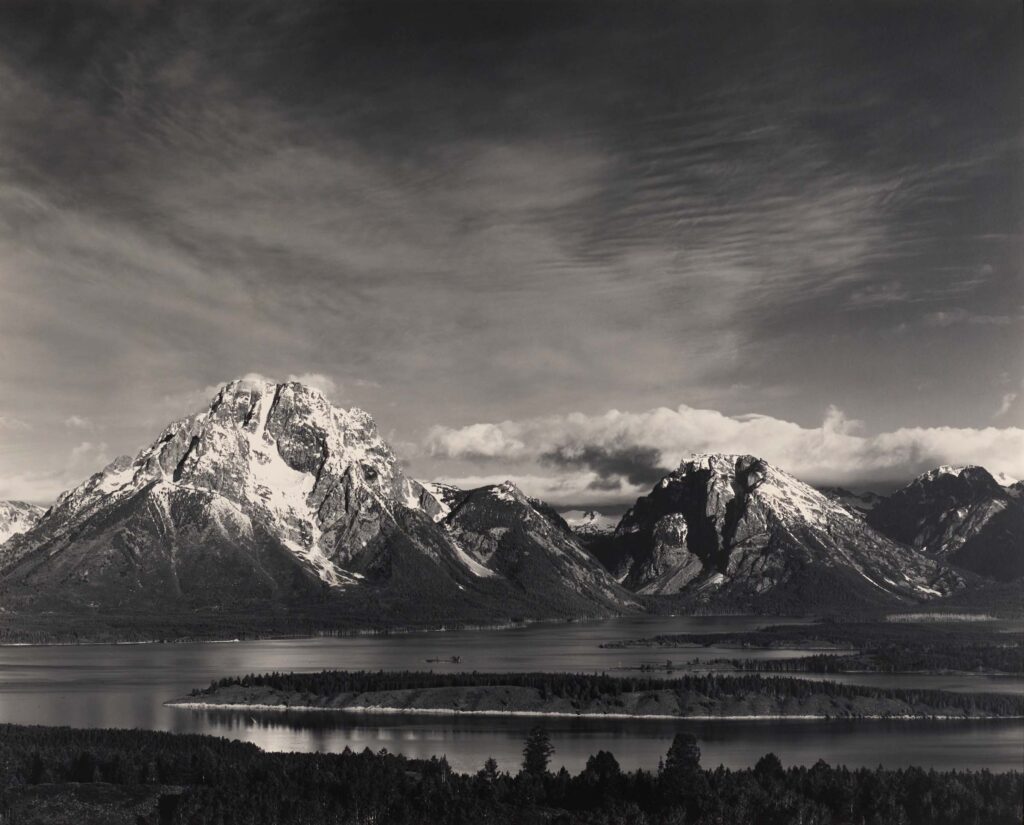
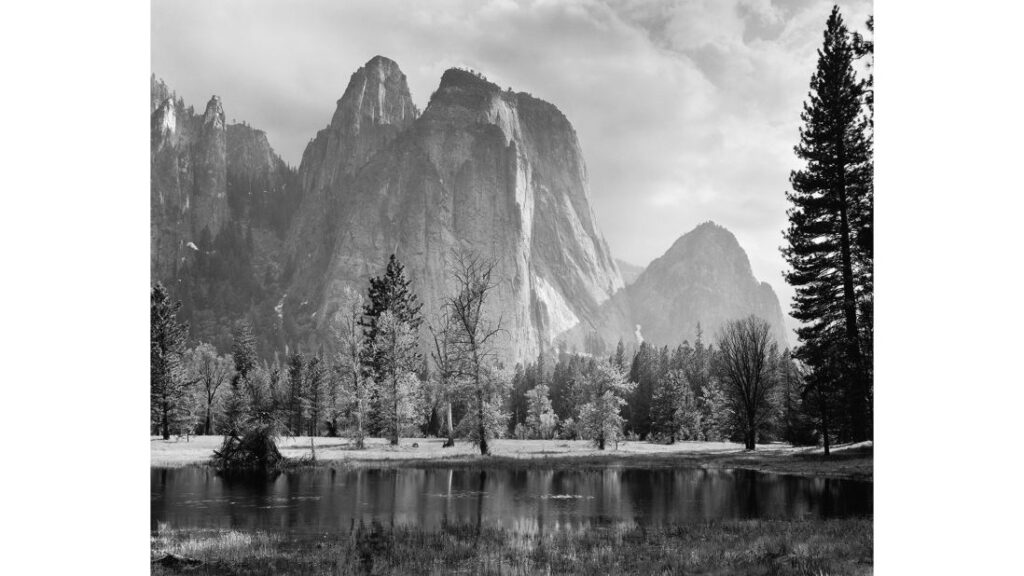

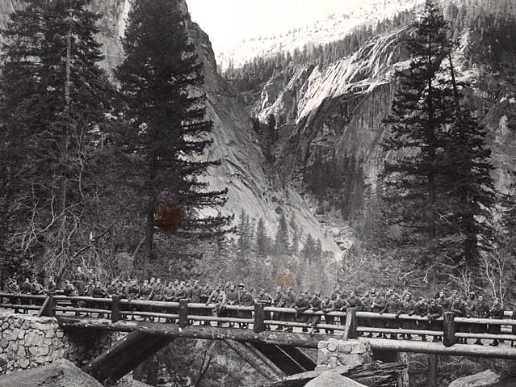

Select key image and produce analysis following criteria based on TECHNICAL, VISUAL, CONTEXTUAL, CONCEPTUAL
See photo literacy here:
https://www.photopedagogy.com/photo-literacy.html